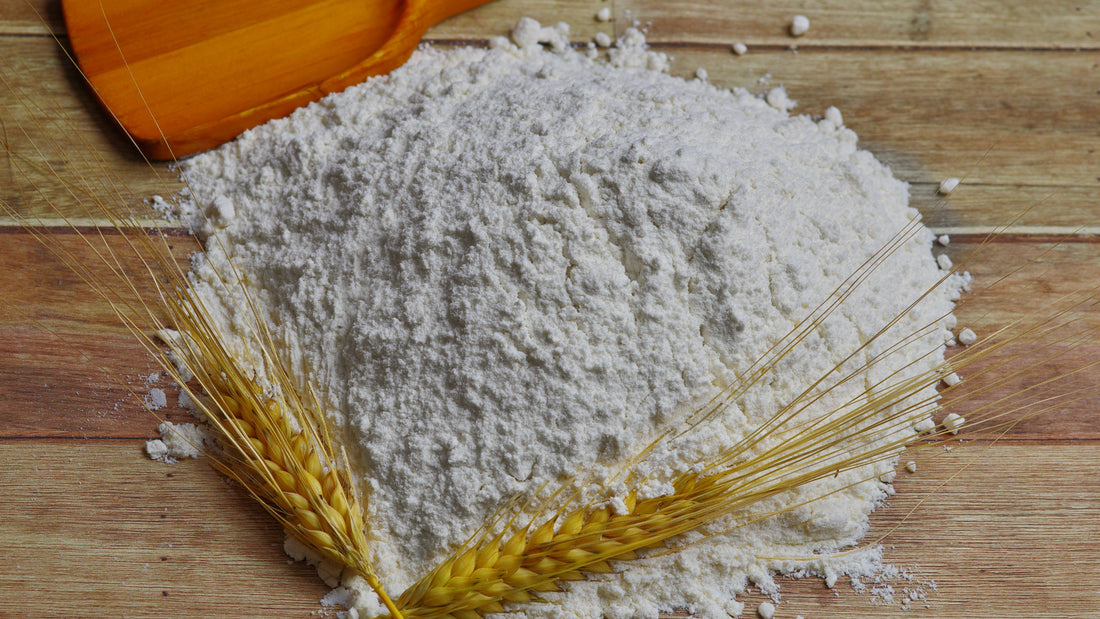Bread flour is a type of wheat flour that is specifically formulated for use in bread making. It is made from hard wheat, which has a higher protein content than other types of wheat, such as all-purpose flour. The higher protein content gives bread flour the unique characteristics that make it ideal for bread making, including a more robust gluten structure and a chewier texture.
The protein content of bread flour is typically around 12-14%, while all-purpose flour is about 10-12%. This higher protein content is because bread flour is made from hard wheat, which has a higher gluten content than soft wheat, which is used to make all-purpose flour. Gluten is a protein that gives bread its structure and elasticity, essential for creating a good loaf.
Bread flour is also milled to a finer consistency than all-purpose flour, which contributes to its ability to create a strong gluten structure. The fine consistency of bread flour allows for a more consistent rise in bread dough, resulting in a more evenly-baked loaf. The fine consistency of bread flour is also why it is perfect for making artisan bread, which requires a delicate balance of gluten and moisture to achieve its unique texture and flavour.
When using bread flour, it is essential to note that it may require more water than all-purpose flour, as the higher protein content can make the dough drier. Additionally, bread flour will typically require more kneading than all-purpose flour to develop the gluten structure fully. However, this extra kneading is worth it as it results in bread with a better texture and a more satisfying chewiness.
Bread flour is commonly used in various types of bread, including sourdough, whole wheat, and French bread. It can also be used with other types of flour, such as whole wheat flour, to create a more complex flavour and texture in bread. Whole wheat flour, made from the wheat kernel, is rich in fibre, vitamins, and minerals but lacks the gluten strength that bread flour provides. By combining bread flour and whole wheat flour, bakers can create bread that has the best of both worlds: a satisfying texture and a nutty, wholesome flavour.

In addition to bread making, bread flour can be used in other baking applications, such as pizza crusts and bagels. However, it is essential to note that bread flour should not be used in cakes or pastries, as the high protein content can result in a tough and dense final product. These types of baked goods require a different kind of flour, such as cake flour or pastry flour, which have a lower protein content.
It is also essential to store bread flour properly to maintain its freshness. It should be stored in an airtight container in a cool, dry place. Whole wheat bread flour should be used within six months of purchase, and white bread flour within one year. This is because whole wheat flour is more perishable than white flour and can go rancid if exposed to heat, light, or moisture.
In conclusion, bread flour is wheat flour formulated explicitly for bread making. Its high protein content and fine consistency make it ideal for creating a strong gluten structure and a chewier texture in bread. While it is commonly used in various types of bread, it should not be used in cakes or pastries. Proper storage of bread flour is also essential to maintain its freshness. Bakers and home cooks looking to make delicious and nutritious bread should keep bread flour in their pantries.

